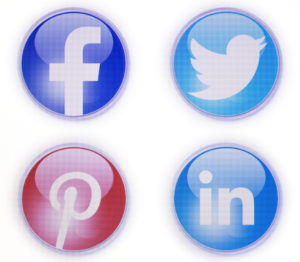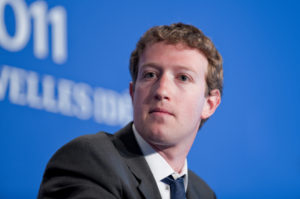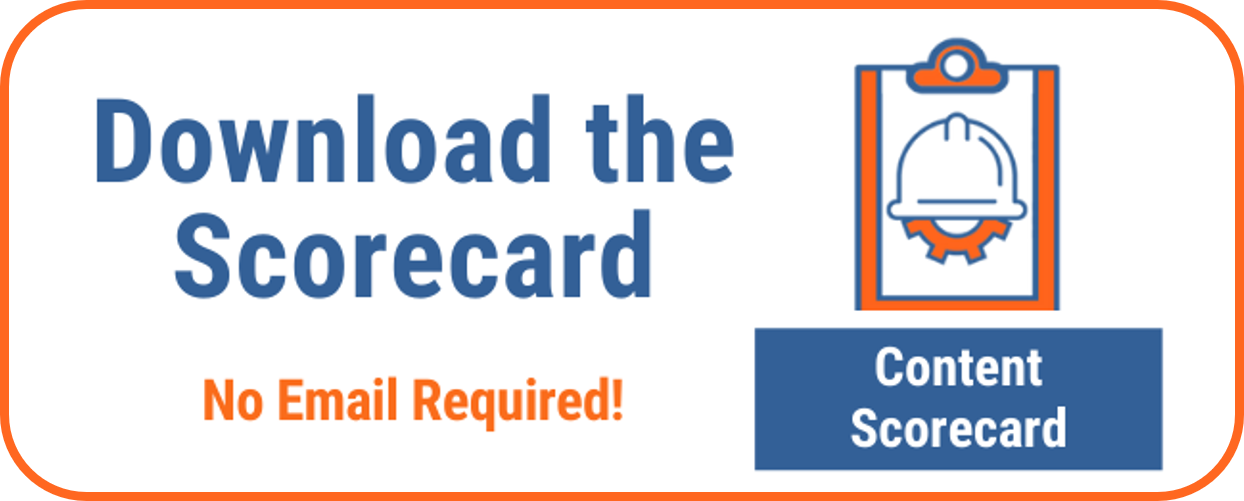“What social media should I use” is a routine question asked by marketers big and small. We can answer the questions regarding which social media is ideal based on a variety of different scenarios, but the bigger question you should be asking is how to use it. Because that’s where marketers make their biggest mistakes.
Before we get to the How, let’s talk about the What: What social media should you use?
This answer will not be applicable to everyone. Our company works with small to mid-sized businesses – either an owner with an office manager, or a small marketing department (2-3 person staff) that doesn’t have the time or resources to head up a full-out social media effort.
With limited bandwidth, we’ll focus on the key social media networks:

Undoubtedly a good space if you’re in the business-to-consumer space. Be forewarned, however, that Google’s algorithm doesn’t automatically grant you access to everyone who likes your Facebook page.
Their intent is to have you use advertising to reach the masses, and they have some pretty sophisticated means to help you do that.
Advertising in this case (as in all the cases in this post) typically relates to publicizing the content you’ve created. Boosting it, as they say.
So a consumer-focused company can invest in a Facebook presence, but be prepared to complement it with a paid-advertising campaign.
This is the default social network that we recommend for all our clients. Your end-customers might not be on Twitter, but the influencers are.
Think of Twitter as one big newsfeed – in fact, it’s world’s greatest newsfeed, a kind of organic, ever-evolving conglomeration of people who want to share the latest and greatest info on any topic under the sun.
These “influencers” are critical. They are the people with vast social media networks, who are eager to share content as long as it is exceptional. Twitter influencers are the epicenter for relevant info, which makes it the starting block for sharing your content.
No one comes close to providing access to the business world like LinkedIn. With so many searchable business profiles and focused groups, LinkedIn gives you access to very specific decision-makes.
Be forewarned that a paid media campaign to boost your posts is a good idea here as well. If, for example, you’re finding your target market isn’t likely to join a group on what you’re selling, then you may need to boost a post specifically for them.
For instance, let’s say you provided IT support specifically for dentists’ offices. You may want to reach the office manager at the dentist’s office, but they’re unlikely to be part of an IT group or anything related specifically to the content you are writing. You may need to boost a post based specifically on the office manager’s job criteria.
We consider Pinterest the traffic generating machine, specifically because of its graphic appeal. Ideal for companies who need to share visual content, Pinterest can also be a great starting point for blog with an interesting “blog cover.”
The platform is definitely evolving in terms of business usage, but it’s a must if you have any type of products or services that yields great visuals.
That’s a very brief rundown of the big four social networks that we tend to focus on (happy to hear of any others that my fellow marketing pros deem worthy of a mention.) Now, let’s detail why we think a narrow focus is better than casting a wide net.
To summarize, in broad strokes, here’s what I would recommend at a minimum:
Business-2-Consumers
Facebook
Twitter
Business-2-Business
LinkedIn
Twitter
And definitely add-in Pinterest if you have exceptional visuals.
There are nuances on how to use these within each social media, but I would next like to switch us from the What and focus on the How.
Be cool, be social

One of my favorite movies of all-time would have to be the Social Network. David Fincher’s portrayal of the rise of Facebook may be a bit loosey-goosey with the facts, but you can’t deny the film’s ability to capture the roller-coaster rise of one of the world’s most successful start-ups.
A quote from the film that stuck with me was Mark Zuckerberg’s refusal to focus on advertising. “Advertising isn’t cool,” he insisted.
One gazillion dollar IPO later, advertising is not only cool for Facebook, but it’s also steering its ship.
The point is that, sooner or later, marketers will get involved with social media, and we, for better or worse, will ruin its initial intent: To be a place where people can get social; exchange ideas, opinions and insights.
That’s a big mistake for marketers, as the social media world has little tolerances for Spammers.
You’re not here to broadcast your message. You’re here to converse. To dialogue. To share ideas. That’s what motivates the influencers, and that’s also what needs to motivate you. We provide more detail on this approach in this post.
To use social media effectively, you’ll need to move beyond just the What and think very strategically about the How. This will tie into your resources, as in staffing, and your overall goals.
It involves not only being smart with your choice of social media, but also how you’ll use it. Get cool, and you’ll get results.
Find out how your content and conversion ranks with our interactive version of the Content Scorecard you can fill in yourself – no email required for download.

